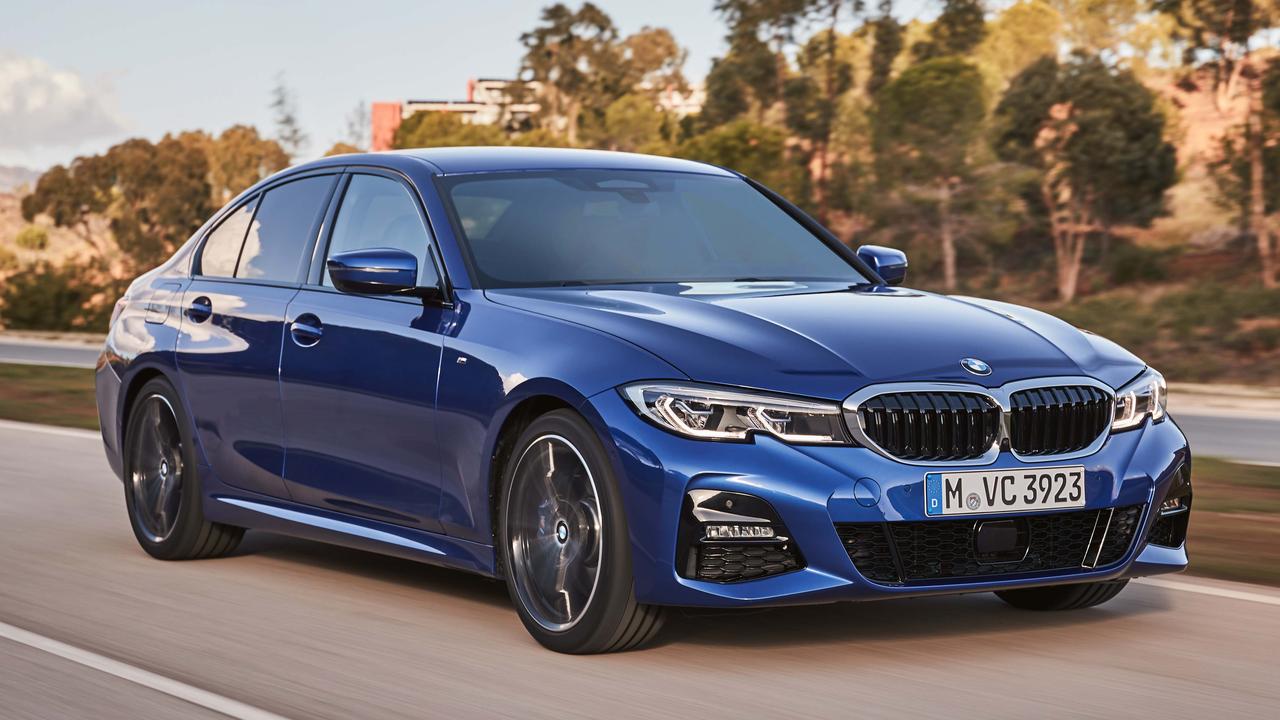Land Rover Discovery review: what were they thinking?
The old model was bought mainly by murderers. The new one is no beauty, especially when there are alternatives in the showroom.

I’ve always hated the Land Rover Discovery. The first model was cobbled together out of some steel girders and bits and bobs from the dying embers of Austin Rover. It had a shorter wheelbase than today’s Mini, looked stupid and was bought mainly by murderers.
They liked it because it had a Land Rover four-wheel-drive system, which meant it could be used to carry the bodies of those they’d killed far into the woods.
Eventually Land Rover decidedit looked too like an elephant on a unicycle and in 2004 came up with a boxy ’n’ big seven-seater that for some reason had two chassis.
Unlike its first incarnation, this was aimed at the family woman. So while it may have had all the off-road gubbins you’d need to get a severed head up Ben Nevis, the marketing stated this heavyweight was intended to be a school-run car.
It wasn’t any good at that though, because you had to use two hands to lower the middle row of seats – impossible if you were carrying a toddler. “What’s a toddler?” said someone from Land Rover. “Is it a kind of machinegun?”
There’s now a new Discovery and the first thing you need to know is: it looks ridiculous. The old model had an off-set number plate because the spare wheel was mounted on the outside of the tailgate. But the new model’s spare is not, so why stick with the off-centre plate?
The other issue is its sheer size. This is one of those cars in which you spend most of your time in suburbia sitting at one end of a side road waiting for nothing to be coming the other way because it’s just too wide to squeeze by. You’d make faster progress on a cow.
The new Volvo XC90 is also far too big, but at least its size translates to plenty of space on the inside. That’s emphatically not the case with the Disco. I was driven to a party in the back of it, and not since the old Ford Galaxy have I been so uncomfortable in the rear of a car. The seat was too hard, the leg room was tight and the back rest adjustment offered a choice: bolt upright, or very nearly bolt upright. This is easyJet economy seating.
The front-seat headrests look like ET’s head after he’s been stung by a wasp. This is because, in my test car, each housed a television. Has no one told Land Rover that these days TVs don’t have to have a tube at the back? They can be thin.
Further back, when you open the tailgate you’re presented with a wall of buttons such as you would find in the wi-fi router room on the Starship Enterprise. This means the seats can be raised and lowered individually, using electricity, and that’s brilliant. However, before you can do any of this, you must put your toddler in the gutter, climb inside and remove the bar in which the boot’s roller blind is stored. Oh, and you must also be careful not to push the button that makes the back of the car rear up into the sky.
Still, when you’ve removed the internal bar, parachuted back to earth and retrieved your child from the gutter, you do have a seven-seat car. And still, despite the external dimensions, a small boot.
As a practical proposition, then, the Disco is soundly beaten once more by the big Volvo. And the Range Rover Sport, which is also available with seven seats.
As an actual car it’s pretty good. The diesel unit is a bit shaky at tickover but it settles down to a gentle hum, and when you put your foot down it makes a rather endearing growly noise. There’s a fair turn of speed too, and because it has only one chassis it doesn’t weigh more than a mountain, meaning it’s reasonably economical.
Plus, of course, it has every toy from Land Rover’s extensive off-road box of tricks, which will allow it to get further into the woods than the constabulary. But apart from the nation’s murderers, who cares about that? Farmers all use Mitsubishi and Nissan pick-ups. City boys wouldn’t be seen dead in a Disco. And school mums are better off with a Volvo.
If your heart is set on a Land Rover, there’s the Range Rover Evoque, the incredibly good-looking and very appealing Range Rover Velar, and the proper and still brilliant Range Rover. With all that lot dotted around the showroom, who’s going to say, “Mmm, yes, I’d like the stupid-looking Discovery”?
Fast facts Land Rover Discovery
ENGINE: 2.0-litre four-cylinder turbodiesel (132kW/430Nm and 177kW/500Nm); 3.0-litre V6 turbodiesel (190kW/600Nm) TRANSMISSION: Eight-speed automatic, all-wheel drive. Average fuel 6.2-7.2 litres per 100km PRICE: From $66,450 RATING: 3 out of 5 stars.




To join the conversation, please log in. Don't have an account? Register
Join the conversation, you are commenting as Logout